Table of Contents
In the high-stakes world of sports and fitness, “prevention is better than cure” isn’t just a cliché—it’s a performance strategy. Whether you’re a professional athlete, a gym enthusiast, or someone simply trying to stay active, prehabilitation (often shortened to prehab) is emerging as a foundational element of injury prevention physiotherapy.
But what exactly is prehabilitation?
Prehabilitation refers to a structured and individualized exercise and therapy program designed to prepare the body for physical stress and reduce the risk of injury before it occurs. While traditional rehabilitation begins after an injury, prehab is proactive, aiming to optimize joint stability, muscular strength, mobility, and neuromuscular control before an injury has a chance to strike.
This forward-thinking approach is rapidly gaining traction among physiotherapists, strength coaches, orthopedic specialists, and elite athletes. Why? Because an effective prehab routine can extend athletic longevity, reduce downtime, and enhance overall performance.
Why Prehabilitation Matters in Today’s Sports Environment?
Modern sports and physical training place immense biomechanical stress on the body. Repetitive movements, high-impact collisions, overtraining, or poor form can lead to chronic injuries, imbalances, and muscle fatigue. Prehabilitation is the athlete’s first line of defense, helping to:
Address muscle imbalances and asymmetries that lead to compensatory movement patterns.
Improve joint mobility and soft tissue flexibility to withstand repetitive motions.
Enhance core strength, postural alignment, and body mechanics for better functional movement.
Reduce the risk of ACL tears, rotator cuff injuries, lower back pain, and other common athletic injuries.
Create a smoother sports recovery process, even if injuries do occur.

Athletes across all levels are now adopting prehabilitation as a year-round strategy, not just something to consider before surgery or major competitions. Whether you’re training for a marathon, lifting heavy at the gym, or competing professionally, a consistent prehab program ensures your body is not only ready to perform—but primed to perform safely.
Prehabilitation is not Just for Athletes
Although the term “prehab” is popular in the athletic world, it also holds great value in pre-surgical care, elderly fitness programs, chronic pain prevention, and general mobility training. For example:
Patients scheduled for joint replacement surgeries often undergo prehab to shorten post-op recovery time.
Older adults use prehabilitation programs to prevent falls and improve balance.
Workers in physically demanding jobs can benefit from injury prevention physiotherapy to protect against overuse injuries.

In all these cases, prehabilitation improves movement quality, builds resilience, and reduces the likelihood of future injuries or complications—making it an essential tool across many health and fitness domains.
What is Prehabilitation in Physiotherapy?
Prehabilitation, often abbreviated as prehab, is a proactive and preventative approach used in physiotherapy to enhance physical resilience, minimize the risk of injuries, and prepare the body for upcoming stress—be it athletic, surgical, or occupational. Unlike rehabilitation, which begins after an injury has occurred, prehabilitation starts before the problem arises, empowering individuals—especially athletes—to stay ahead of injury risks.
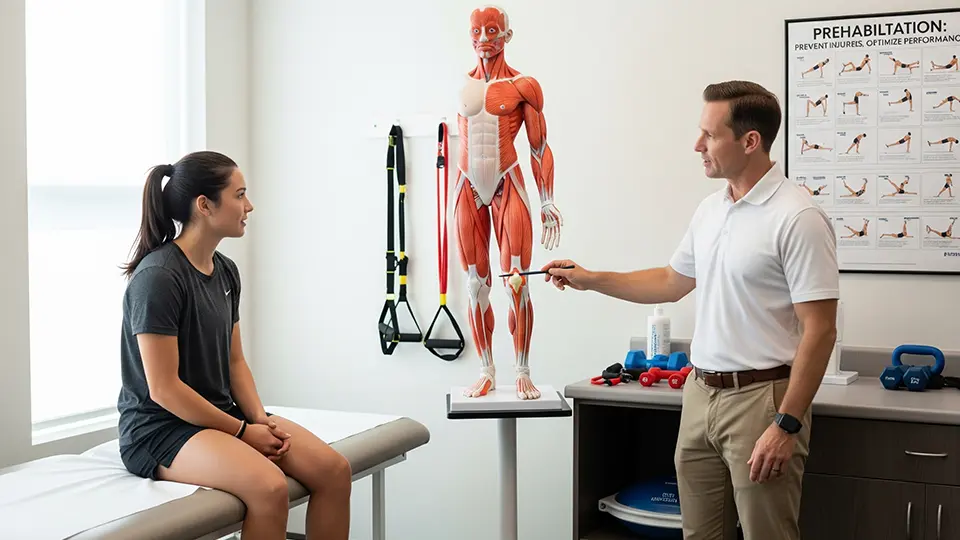
At its core, prehabilitation refers to a series of customized physiotherapy exercises and conditioning strategies that are tailored to each individual’s needs. The goal is to optimize strength, stability, mobility, flexibility, and neuromuscular control—all essential components of functional, pain-free movement.
Key Areas Where Prehabilitation Applies
Injury Prevention Physiotherapy
One of the most recognized roles of prehabilitation is in preventing sports injuries before they happen. By identifying muscle imbalances, joint restrictions, poor movement patterns, or weaknesses in the kinetic chain, physiotherapists design targeted prehab routines to correct them. This approach is particularly valuable for athletes in high-impact sports such as football, tennis, basketball, or running—where overuse and acute injuries are common.Pre-Surgical Physical Conditioning
Prehab is frequently used in orthopedic physiotherapy to prepare patients for surgeries like ACL reconstruction, hip replacements, or spinal procedures. Research shows that patients who undergo a prehab program experience faster post-op recovery, reduced complications, and better surgical outcomes. Strengthening the muscles around the affected area and improving joint mobility before surgery helps the body recover more efficiently.Athlete Training Routines
For professional and recreational athletes alike, prehabilitation is becoming a staple in year-round training programs. Whether it’s included during warm-ups, active recovery days, or as part of cross-training, a strategic prehab routine reduces injury downtime and boosts performance longevity. Many elite athletes now work closely with physiotherapists to maintain a consistent prehab protocol customized to their sport’s physical demands.Postural Corrections and Mobility Enhancement
Even individuals outside of sports—such as office workers or people with sedentary lifestyles—can benefit from prehabilitation. Poor posture, prolonged sitting, and repetitive daily movements often lead to tight hips, weak glutes, rounded shoulders, and spinal misalignments. A well-designed prehabilitation plan can restore natural alignment, muscle balance, and joint range of motion, reducing the risk of chronic back pain or overuse injuries.
Top 6 Key Benefits of Prehabilitation for Athletes
Athletes constantly push their bodies to the limit. Whether you’re sprinting down a track, lifting heavy weights, or making rapid direction changes on the field, your muscles, joints, and connective tissues are under extreme stress. That’s where prehabilitation (prehab) steps in—not as an afterthought, but as a proactive strategy for long-term performance and injury prevention.
Below are the key benefits of prehabilitation for athletes, supported by clinical physiotherapy insights and sports science:
🛡️ 1. Reduces Risk of Sports Injuries
The most obvious—and arguably most important—benefit of prehabilitation is injury prevention. Through tailored exercises that target weak links in the kinetic chain, prehab improves:
Muscle imbalances
Joint instability
Poor neuromuscular control
Faulty movement mechanics
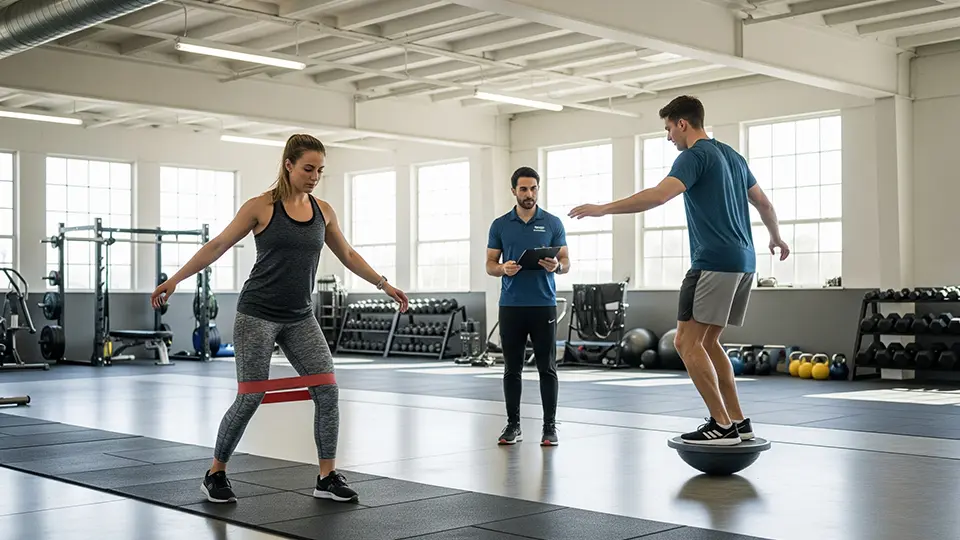
Common athletic injuries such as ACL tears, hamstring strains, shoulder impingement, or Achilles tendinopathy often stem from preventable issues like poor flexibility, weak stabilizers, or asymmetrical strength. A consistent prehab routine addresses these problems head-on, before they evolve into injuries.
⚙️ 2. Enhances Functional Strength & Mobility
Unlike traditional gym workouts that often isolate muscles, prehab focuses on functional movements—training the body to move as a unit. Athletes develop better control in:
Multi-directional movements
Dynamic balance
Core stability
Joint range of motion
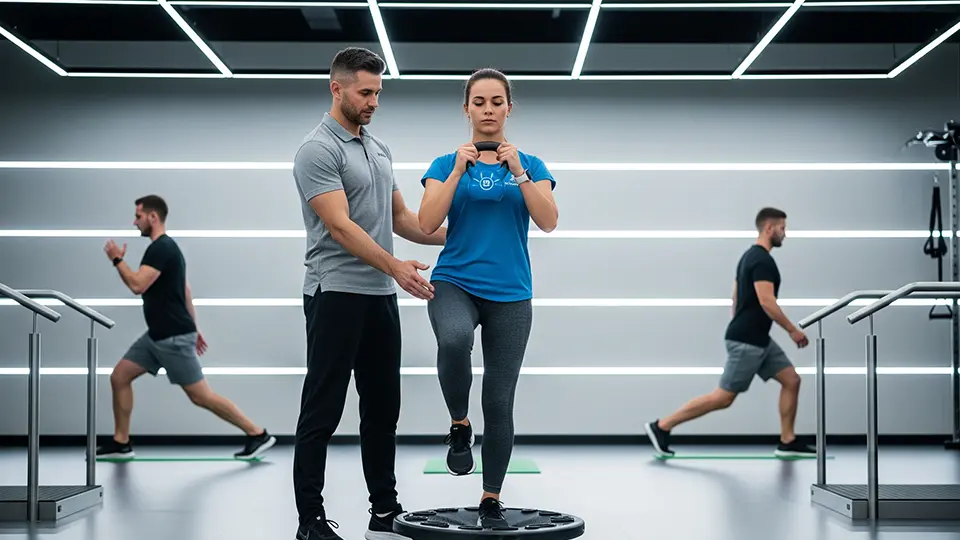
This functional approach ensures that strength gains translate directly into on-field performance, allowing athletes to move efficiently, explosively, and safely under pressure.
⏱️ 3. Speeds Up Recovery Time
Athletes don’t just need to prevent injuries—they also need to recover quickly when setbacks occur. Prehabilitation enhances circulation, tissue resilience, and flexibility, which all contribute to faster muscle recovery after intense training or games.
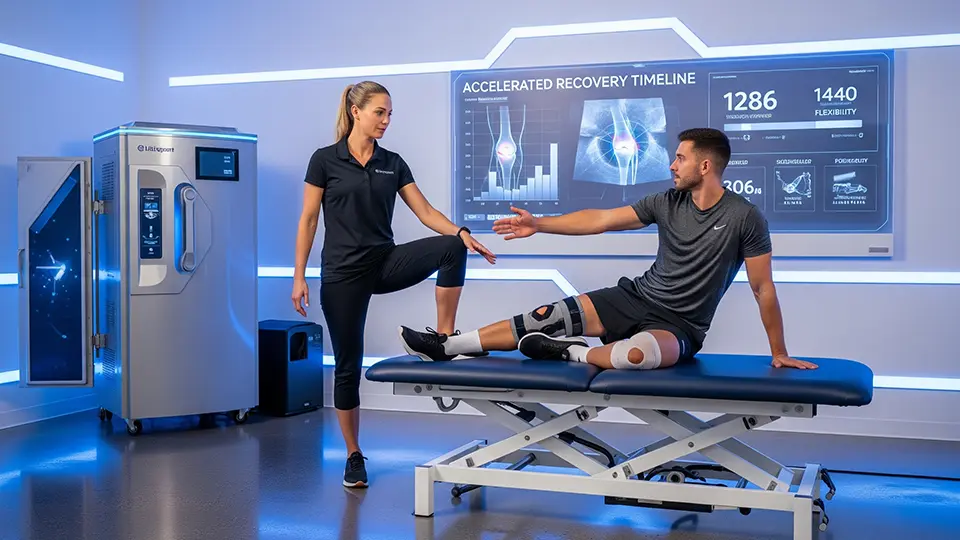
Moreover, athletes who already have a strong prehab foundation often bounce back faster from injuries or surgeries, as their bodies are better conditioned to handle stress and adapt to post-injury rehab.
🧠 4. Improves Mind-Muscle Connection & Movement Awareness
Prehab often includes neuromuscular re-education, which helps athletes become more aware of how their body moves. This is crucial for sports that require split-second decisions, such as football, tennis, basketball, or martial arts.
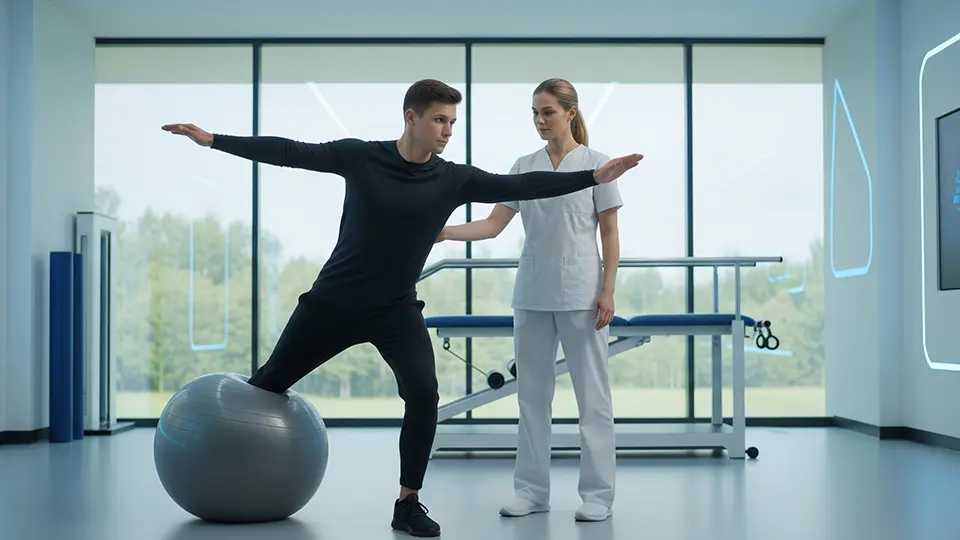
By enhancing proprioception and coordination, prehab improves:
Reaction times
Body control in the air or during rapid pivots
Technique under fatigue
This minimizes “non-contact” injuries—those that happen due to poor mechanics, not direct impact.
🔄 5. Builds Long-Term Athletic Longevity
The average athlete’s career can be cut short by recurring injuries or chronic pain. With prehabilitation, athletes invest in their long-term durability.
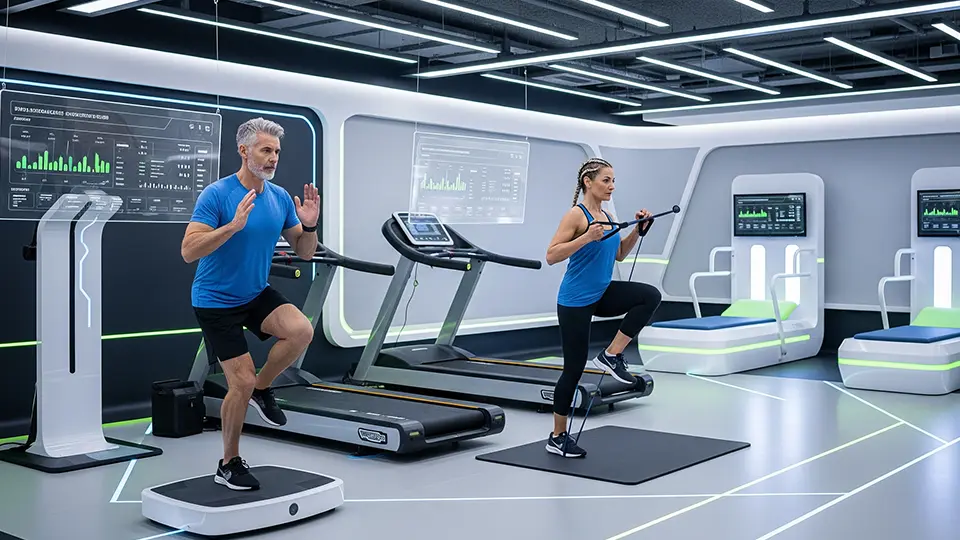
Think of it as “movement insurance.” The stronger your stabilizing muscles, the more mobile your joints, and the better your movement patterns—the less wear and tear your body experiences. This means:
Fewer injuries over time
More years of peak performance
Greater consistency in training and competition
🧬 6. Supports Mental Resilience and Confidence
Athletes who’ve been injured before often deal with fear of re-injury or hesitancy in returning to full activity. A strong prehabilitation program instills confidence by:
Rebuilding trust in the body’s ability to move without pain
Providing a structured, measurable approach to performance readiness
Reducing anxiety around training loads and competitions

This psychological edge is often overlooked but is key to elite performance.
🔍 Real-Life Example
Consider an athlete preparing for an ACL reconstruction. Studies show that those who undergo 6–8 weeks of prehab before surgery:
Regain strength faster post-op
Experience less muscle atrophy
Return to sport up to 30% faster than those who didn’t do prehab
Even for athletes who aren’t injured, a few sessions per week focused on prehabilitation can drastically reduce the risk of major downtime, keeping them at their competitive best.
Who Should Include Prehabilitation in Their Routine?
While prehabilitation has become a buzzword in elite athletic circles, the truth is—it’s not just for professional athletes. The principles of prehab apply to anyone looking to enhance their physical performance, prevent injury, or recover stronger from surgery. Here’s a detailed look at who should incorporate prehabilitation into their lifestyle and why:
🏃♂️ Professional and Amateur Athletes
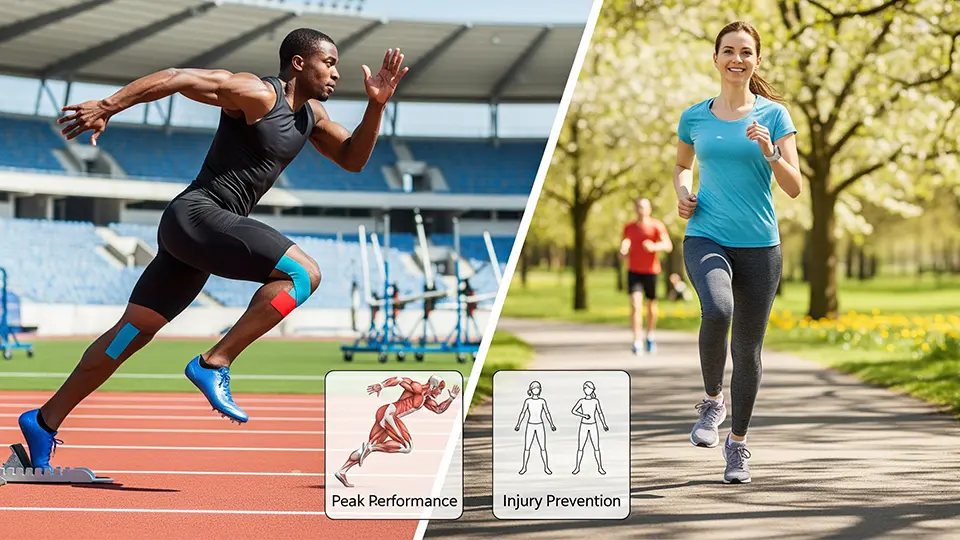
Whether you’re competing at a national level or playing sports recreationally, injury prevention physiotherapy is critical for consistent performance. Athletes regularly place their bodies under high physical stress—making them susceptible to muscle strains, ligament tears, and joint overload. Prehabilitation helps correct muscle imbalances, strengthen vulnerable joints, and build movement efficiency, which in turn helps athletes train harder with fewer setbacks.
Athletes in high-impact sports like football, rugby, basketball, and even endurance sports like long-distance running or cycling will particularly benefit from a sport-specific prehab routine, reducing downtime and ensuring peak readiness during competitions.
🔁 People with a History of Injury
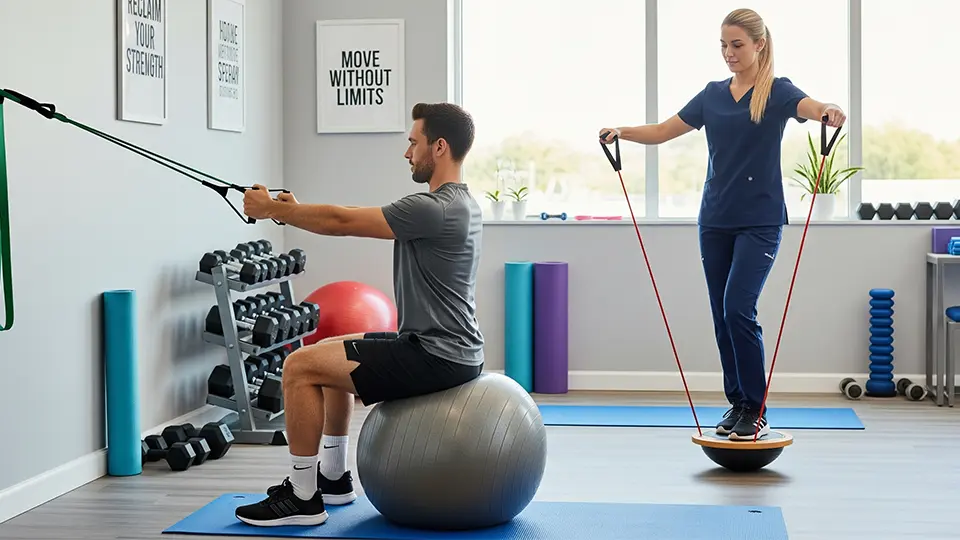
If you’ve experienced a prior injury—such as a torn ACL, rotator cuff issue, lower back strain, or ankle sprain—your body may still have lingering weaknesses or compensatory movement patterns that increase the risk of reinjury. Prehabilitation helps identify these dysfunctional patterns and correct them before they develop into chronic issues.
For these individuals, prehab acts as a second layer of protection, building strength and resilience in the exact areas that have been previously compromised. It also helps rebuild confidence in movement, which is often lost after an injury.
🏋️ Gym-Goers and Fitness Enthusiasts
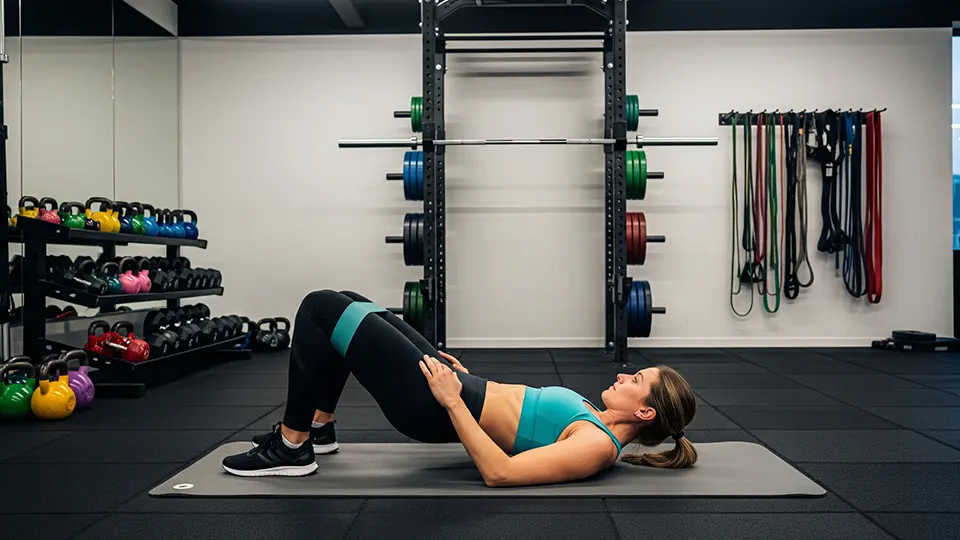
Weightlifters, CrossFit athletes, and general fitness lovers often follow intense workout schedules that can lead to overtraining, poor technique, and soft-tissue stress. Without proper mobility, stabilization, and warm-up routines, the risk of overuse injuries skyrockets.
Incorporating a prehabilitation plan—even just 10–15 minutes before workouts—can enhance joint range, activate supporting muscles (like glutes, rotator cuff, core), and reduce unnecessary strain during lifts. It enables fitness enthusiasts to train smarter, not just harder, and keep progressing in a sustainable way.
🛌 Pre-Surgical Patients (Especially Orthopedic)
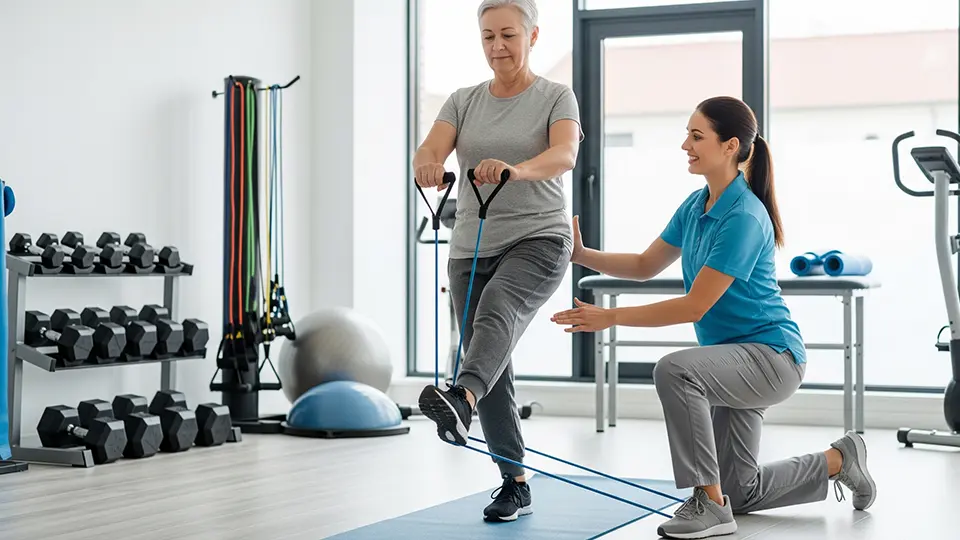
Going into surgery with a weak, stiff, or unconditioned body significantly delays post-operative recovery. That’s where pre-surgical physiotherapy, or “prehab,” comes in. Common orthopedic surgeries like total knee replacement, rotator cuff repair, spinal decompression, or ACL reconstruction all benefit from pre-operative strengthening and mobility training.
By improving range of motion, reducing inflammation, and enhancing muscular support around the surgical site, patients recover faster, with less pain, and often regain function more completely. It’s now a standard recommendation by many surgeons and physiotherapists alike.
👵 Older Adults Seeking Better Mobility and Independence
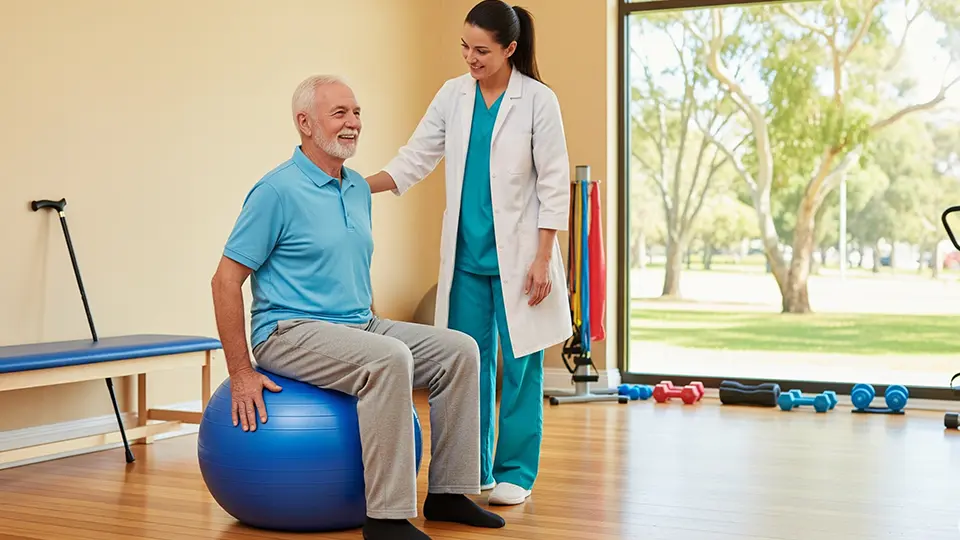
As we age, muscle mass, balance, coordination, and joint mobility decline—leading to a higher risk of falls, fractures, and immobility. Prehabilitation for seniors is aimed at maintaining independence and preventing age-related injuries.
Exercises focus on gentle joint mobilization, core and hip strengthening, posture correction, and balance training. These routines not only improve safety in daily activities (like walking, climbing stairs, or carrying groceries) but also enhance overall quality of life by keeping seniors active, strong, and confident.
🧍 Office Workers and Sedentary Individuals

You don’t have to be a gym rat or athlete to benefit from prehabilitation. If you spend hours sitting at a desk, driving, or using screens—your posture and muscle balance are likely suffering. Over time, this leads to neck pain, tight hips, rounded shoulders, and lower back strain.
Prehabilitation helps break this cycle by activating underused muscles, restoring healthy posture, and preventing musculoskeletal pain before it becomes chronic. Even a short daily routine can significantly reduce the risk of common sedentary lifestyle issues like tech neck, sciatica, or postural imbalances.
Components of an Effective Prehab Routine
A comprehensive prehab routine is not a one-size-fits-all program. Instead, it is individually assessed and physiotherapist-guided, based on the person’s goals, injury history, movement patterns, and activity level. Typical components of a prehabilitation program include:
Mobility Drills: To improve joint range of motion in key areas such as the hips, ankles, shoulders, and thoracic spine. Tools like foam rollers, resistance bands, and dynamic stretches are often used.
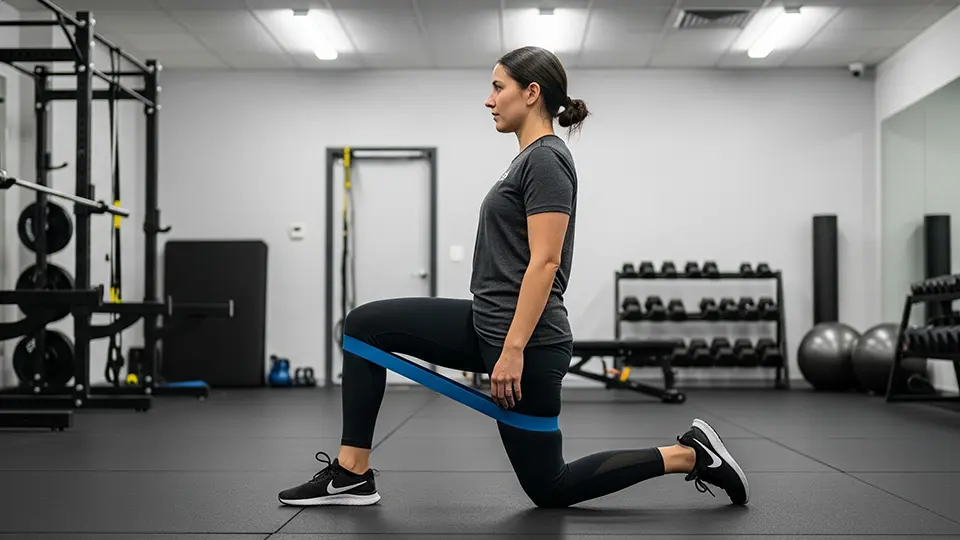
Stability & Core Training: Prehab often includes deep core activation and exercises to strengthen stabilizing muscles (like the gluteus medius, rotator cuff, or transverse abdominis), which are crucial for joint protection.
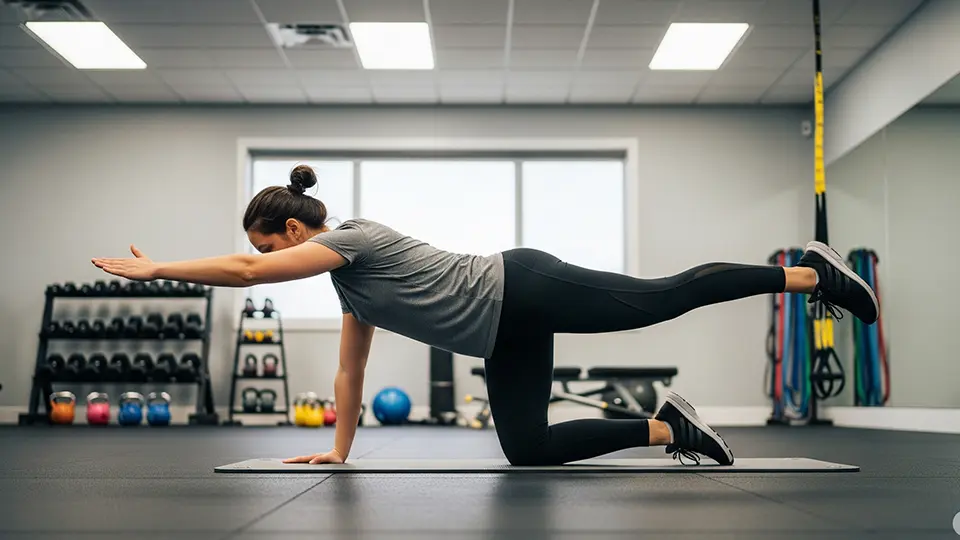
Strength Conditioning: Targeted strength training is used to address weak links in the body. This could include eccentric loading, isometric holds, and unilateral training to fix imbalances.
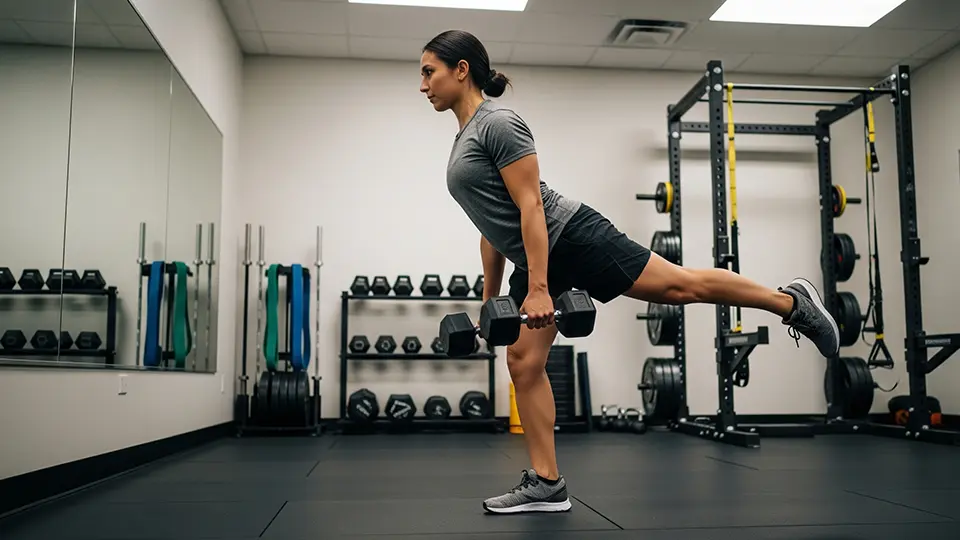 Neuromuscular Control Exercises: These drills train the brain-muscle connection to improve coordination, balance, and proprioception—skills critical in both injury prevention and athletic performance.
Neuromuscular Control Exercises: These drills train the brain-muscle connection to improve coordination, balance, and proprioception—skills critical in both injury prevention and athletic performance.
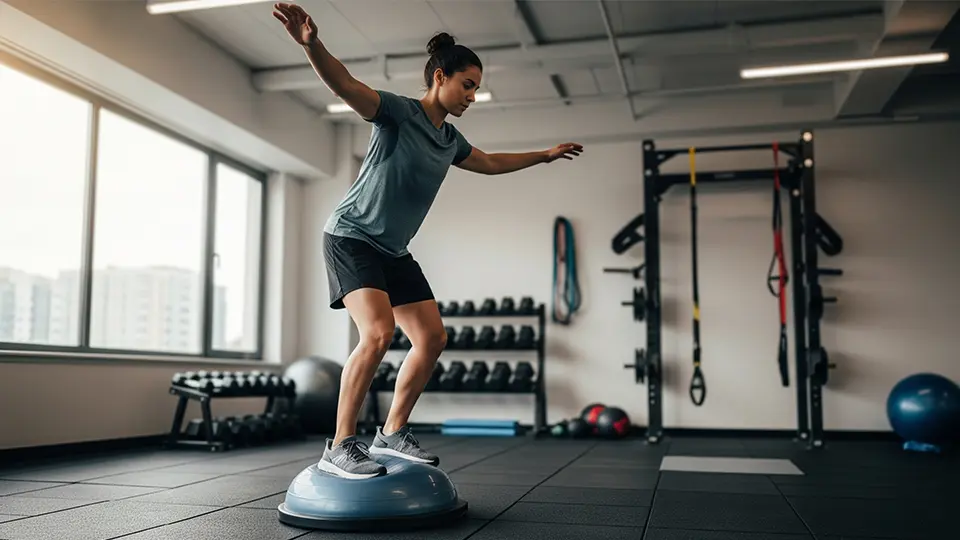
Sport-Specific Movement Repatterning: For athletes, prehab may involve movement assessments (like the Functional Movement Screen) followed by drills that mimic real-game motions while maintaining safe biomechanics.
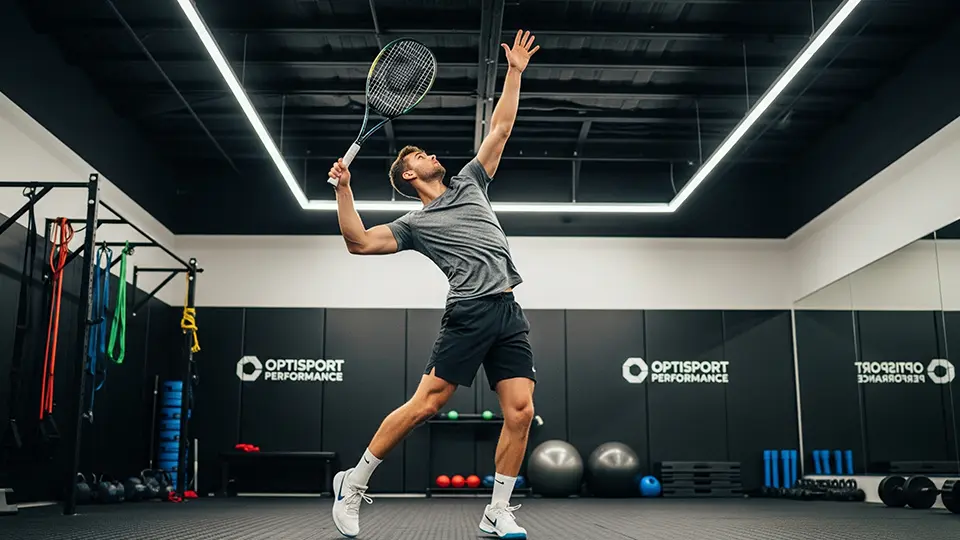
Prehabilitation vs Rehabilitation: Key Differences
| Aspect | Prehabilitation | Rehabilitation |
|---|---|---|
| Purpose | Prevent injury | Recover from injury |
| Timing | Before injury/surgery | After injury/surgery |
| Focus | Strength, mobility, balance | Pain relief, healing, regaining function |
| Outcome | Reduce injury risk | Restore lost function |
How to Start a Prehab Routine
Consult a Physiotherapist
A sports physiotherapist can assess your posture, movement patterns, and muscle imbalances to develop a custom plan.
2. Be Consistent
Prehab isn’t a one-time fix. It’s a long-term commitment that must be integrated into your weekly training schedule.
3. Focus on Form
Using incorrect technique can cause injury instead of preventing it. Learn proper form before progressing.
4. Use the Right Tools
Resistance bands, foam rollers, balance boards, and light weights are common in prehab routines.
Is Prehabilitation Backed by Science?
Yes! Several studies have shown that athletes who engage in prehab:
Experience fewer soft-tissue injuries
Recover quicker post-surgery
Maintain better functional movement patterns
Perform better in explosive or agility-based sports
For example, a 2020 study in the Journal of Athletic Training showed a 33% reduction in ACL injuries among soccer players who followed a structured prehab program.
Conclusion: Don’t Wait for an Injury to Take Action
Whether you’re a seasoned athlete or just starting your fitness journey, prehabilitation is your insurance policy against injury. It helps you build a stronger, more adaptable body and keeps you performing at your best.
A proactive approach today can save months of rehab tomorrow.
📢 CTA:
Want a personalized prehab plan? Contact our licensed physiotherapists in Rawalpindi & Islamabad today for a sports performance assessment and injury prevention strategy tailored just for you.
FAQs (Frequently Asked Questions)
What is prehabilitation in sports?
Prehabilitation in sports refers to a proactive approach to physical training that focuses on preventing injuries before they occur. It involves targeted exercises to improve strength, mobility, stability, and neuromuscular control, helping athletes build a more resilient body and avoid common sports injuries.
How is prehabilitation different from rehabilitation?
Prehabilitation is done before an injury or surgery to prevent or minimize damage, while rehabilitation is done after an injury to recover. Prehab focuses on optimizing movement and correcting imbalances, whereas rehab restores function after damage has occurred.
Who needs prehabilitation?
While prehab is essential for athletes of all levels, it’s also recommended for individuals:
Preparing for orthopedic surgery (like ACL or rotator cuff)
Recovering from minor injuries
With chronic pain or recurring strains
Returning to sport after time off
Even non-athletes can benefit from prehabilitation physiotherapy to prevent musculoskeletal issues.
What are the benefits of prehab for athletes?
Key benefits of prehabilitation include:
Reduced injury risk
Faster post-injury recovery
Improved joint mobility and muscle balance
Better body control and movement efficiency
Increased athletic longevity
It also boosts mental confidence and reduces performance anxiety.
What does a prehab routine include?
A typical prehab routine includes:
Mobility drills
Stability and balance training
Core strengthening
Corrective exercises
Neuromuscular coordination
Sport-specific movement prep
It’s usually designed by a physiotherapist or sports performance coach based on the athlete’s needs.
How long should a prehab session be?
Prehabilitation sessions can be 20–45 minutes, depending on the athlete’s goals and training phase. Consistency is key—integrating prehab 2–3 times per week into your regular training can make a significant difference.
Can prehabilitation help with post-surgery outcomes?
Yes! Research shows that athletes who undergo prehab before surgeries like ACL reconstruction or shoulder repair:
Recover faster
Lose less muscle strength
Return to play sooner
Experience fewer complications
It prepares the body and mind for smoother post-op rehabilitation.
Is prehabilitation only for professional athletes?
No. While it’s widely used in elite sports, prehab is beneficial for all active individuals, including:
Fitness enthusiasts
Weekend warriors
High school and college athletes
Older adults involved in sports
Anyone who moves can benefit from injury prevention physiotherapy.
How do I start a prehabilitation program?
Start by consulting a licensed physiotherapist or sports rehab expert. They will assess:
Your movement patterns
Muscular imbalances
Joint flexibility and posture
Injury history
Based on this, they’ll create a personalized prehab routine targeting your weak areas and performance goals.
Can I do prehabilitation at home?
Yes, many DIY prehabilitation exercises can be done at home using:
Resistance bands
Stability balls
Foam rollers
Bodyweight movements
However, for best results, it’s recommended to begin under professional guidance to ensure correct form and progression.
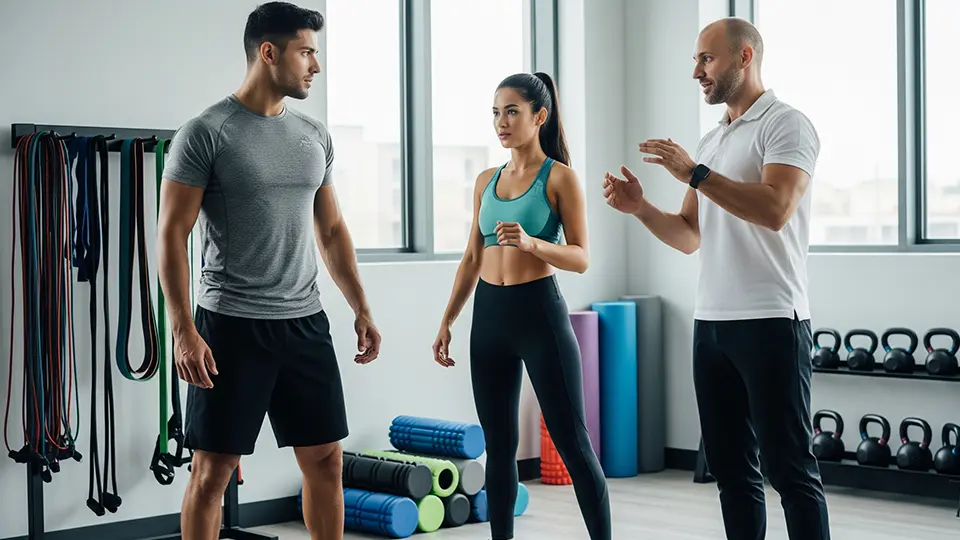

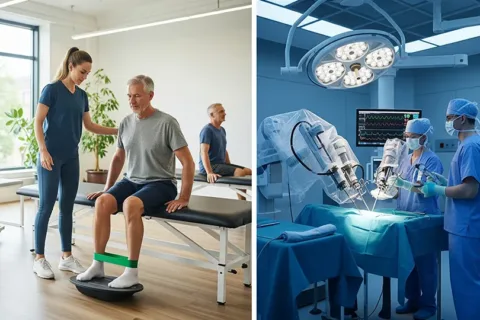

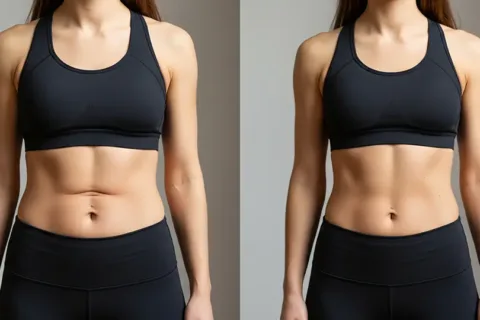




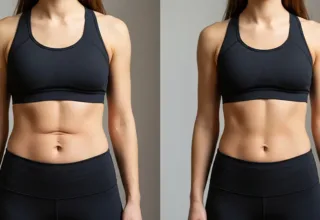
1 thought on “What Is Prehabilitation? Why Every Athlete Needs It for Injury Prevention”
I likewise believe hence, perfectly pent post! .